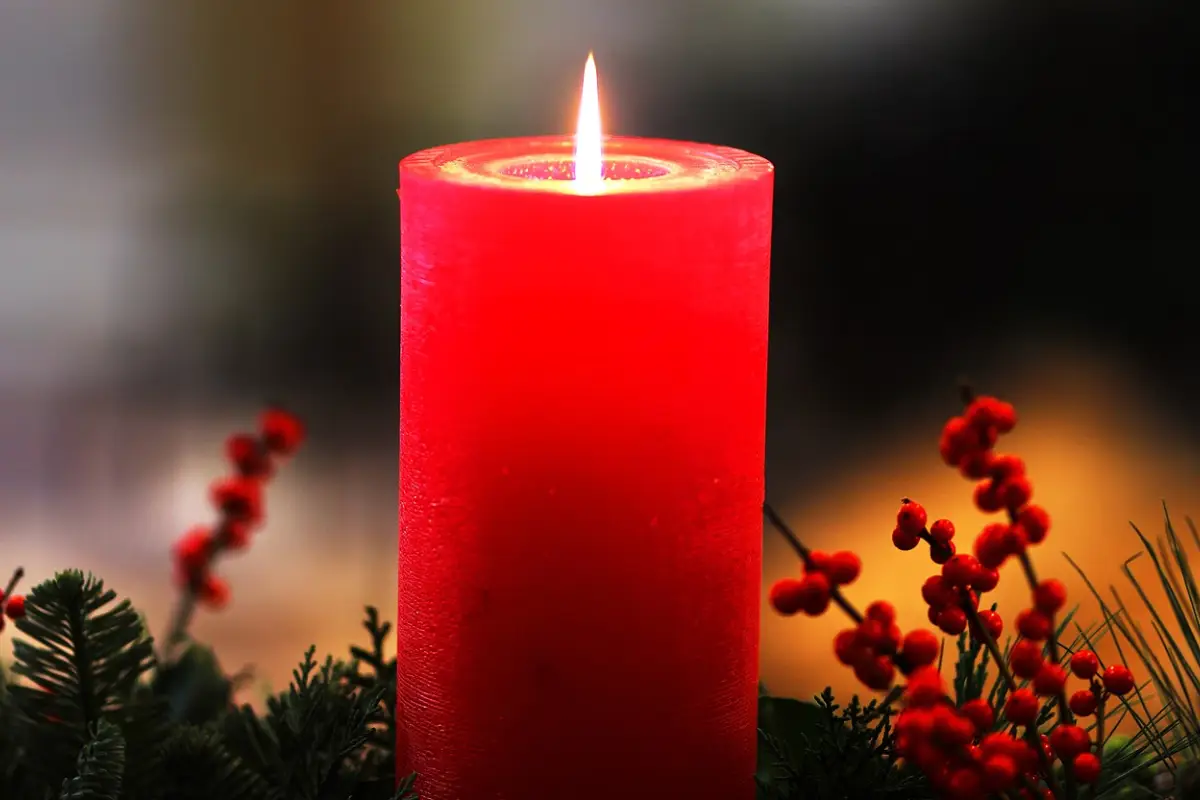This post has already been read 140 times!
Imagine walking into a room and being greeted by the warm, inviting aroma of freshly cut herbs and spices. Candle making with these natural elements allows you to bring a piece of nature into your home, creating a sensory experience that soothes and uplifts. Let’s delve into how you can craft these aromatic herb and spice candles, blending creativity with nature’s bounty.
The Allure of Herb and Spice Candles
Herbs and spices have been used for centuries not just for cooking, but also for their aromatic and therapeutic properties. From the calming scent of lavender to the invigorating aroma of cinnamon, these natural ingredients can transform the ambiance of any space. Creating candles with herbs and spices is a delightful way to harness these scents, making your home feel cozier and more inviting.
Gathering Your Supplies
Before you begin, it’s essential to gather all the necessary materials. Here’s a list to get you started:
Wax: Soy wax is a popular choice due to its clean burn and eco-friendly nature.
Wicks: Choose wicks that are appropriate for the size of your candle container.
Herbs and Spices: Lavender, rosemary, thyme, cinnamon sticks, cloves, and dried citrus peels are excellent choices.
Essential Oils: Complement the herbs and spices with matching essential oils for a stronger scent.
Candle Containers: Mason jars, tin cans, or any heat-resistant container.
Double Boiler: For melting the wax.
Thermometer: To ensure the wax reaches the correct temperature.
Stirring Utensils: Wooden or metal spoons work well.
Glue Dots or Hot Glue: To secure the wick to the bottom of the container.
Step-by-Step Guide to Making Herb and Spice Candles
1. Preparing the Containers
Start by securing the wick to the bottom of your container using glue dots or hot glue. This ensures the wick stays in place when you pour in the hot wax. Use a clothespin or a wick holder to keep the wick centered.
2. Melting the Wax
Place the soy wax in a double boiler and heat it until it reaches about 180°F (82°C). Using a double boiler prevents the wax from burning and ensures a smooth melt. Stir the wax occasionally to help it melt evenly.
3. Adding Fragrance
Once the wax is melted, remove it from the heat and let it cool slightly. Add your chosen essential oils—about 1 ounce per pound of wax. This step is crucial for enhancing the scent throw of your candle. Stir well to ensure the oils are evenly distributed.
4. Incorporating Herbs and Spices
As the wax cools to around 140°F (60°C), it’s time to add the herbs and spices. You can mix these directly into the wax or sprinkle them around the sides of the container for a decorative effect. If you prefer a stronger scent, add the herbs and spices into the wax mixture.
5. Pouring the Wax
Carefully pour the wax into your prepared containers, leaving about half an inch of space at the top. If you notice the herbs and spices floating or shifting, use a skewer to gently push them back into place.
6. Setting and Trimming the Wick
Allow the candles to cool and set completely, which may take several hours. Once they are fully hardened, trim the wick to about 1/4 inch to ensure a clean, even burn.
Personal Touches and Customization
Creating candles with herbs and spices offers endless possibilities for customization. Here are a few ideas to inspire your creativity:
Layering Scents: Combine different herbs and spices in layers for a unique look and scent. For instance, a layer of lavender followed by a layer of rosemary creates a visually appealing and aromatic candle.
Decorative Elements: Add dried flowers, citrus slices, or cinnamon sticks to the sides of the container before pouring the wax for a beautiful, rustic appearance.
Personalized Labels: Create custom labels for your candles, especially if you plan to give them as gifts. Handwritten labels add a personal touch that your friends and family will appreciate.
Safety Tips for Candle Making
While making candles can be a fun and rewarding hobby, it’s important to keep safety in mind:
Always Melt Wax in a Double Boiler: Direct heat can cause wax to overheat and catch fire.
Monitor Temperature: Use a thermometer to ensure the wax is at the correct temperature for adding fragrance and pouring.
Ventilation: Make sure your workspace is well-ventilated to avoid inhaling any fumes from the wax or essential oils.
Fire Safety: Keep a fire extinguisher nearby and never leave melting wax unattended.
The Therapeutic Benefits of Herb and Spice Candles
Using herbs and spices in your candles doesn’t just create a pleasant aroma; it also offers various therapeutic benefits. Lavender, for example, is known for its calming properties, making it an excellent choice for bedroom candles. Cinnamon and cloves can create a warm, inviting atmosphere, perfect for living spaces during the colder months.
Personal Experiences
When I first started making herb and spice candles, I was amazed at how a simple blend of lavender and rosemary could transform my living room into a peaceful retreat. One of my friends, who often struggles with stress, found solace in the calming scents of lavender and chamomile candles I gifted her. These small, handcrafted items have a way of making ordinary moments feel extraordinary.
Another time, I experimented with orange peels and cinnamon sticks, creating a vibrant, uplifting aroma that filled my kitchen with the scent of fresh citrus and warm spices. It reminded me of the holidays spent baking with my family, bringing a sense of nostalgia and comfort.
Share Your Creations!
I hope this guide inspires you to explore the world of candle making with herbs and spices. The possibilities are endless, and the results are truly rewarding. If you try this at home, I’d love to hear about your experiences! Share your stories and photos in the comments below. Happy crafting!

